One of the most interesting presentations that I went to was the last presentation at the Synopsys Custom Lunch (no, the lunch wasn’t custom, we all got the same, but the presentations were about custom design). Since the last presentation was by Synopsys themselves and not by a customer, it wouldn’t seem promising that it could … Read More
Electronic Design Automation
Is Interconnect Ready for the Post-mobile SoCs?
The interconnect technology is one of the unsung heroes of the system-on-chip (SoC) revolution. It’s the on-chip networking fabric that is used to link various IP cores on an SoC floorplan. The technology facilitates links between multiple processors, on-chip memories, hardware accelerators and more. In other words,… Read More
What’s New in Functional Verification Debug
We often think of EDA vendors competing with each other and using proprietary data formats to make it difficult for users to mix and match tools, or even create efficient flows of tools. At the recent DAC event in San Francisco I was pleasantly surprised to hear that two EDA vendors decided to cooperate instead of create incompatible… Read More
Imec’s An Steegen Talks Future Process Technology
I’m an An Steegen groupie. Once or twice a year I see a presentation by her and it is a great summary in a ridiculously short period of time of all the potential upcoming semiconductor technologies. Yesterday was my annual fix at the imec Technology Forum (ITF). Today I got to sit down with her at the conference center.
An is different… Read More
Synopsys Vision on Custom Automation with FinFET
In an overwhelmingly digital world, there is a constant cry about the analog design process being slow, not automated, going at its own pace in the same old fashion, and so on. And, the analog world is not happy with the way it’s getting dragged into imperfect automation so it can be more like the digital world. True, the analog world… Read More
Bijan Kiani Talks Synopsys Custom Layout and More
Last week I sat down and talked to Bijan Kiani of Synopsys. He has marketing responsibility for design implementation products at Synopsys spanning digital, custom and analog mixed signal (AMS).
He was born in Iran and after high school he moved to the UK. He got his PhD degree from University of Edinburgh. It turns out that I was doing… Read More
Predicting Lifetime of Analog ICs
With the increase of transistors per unit area, high density interconnects and manufacturing variability at lower nodes, the electronic devices have become more vulnerable to failures. The devices that operate under extreme conditions such as automotive devices that operate at high temperatures need to be robust enough to… Read More
SEMulator3D on Silicon Cloud International
Almost exactly a year ago I wrote about Silicon Cloud International (SCI). Their mission is to help smaller countries that have targeted semiconductor design as a way to move up the technology ladder from low-cost manufacturing. Last year everything was in the future but SCI now have their first two centers up and running. The first,… Read More
Unlock the Key to Ultra-Low Power Design
We have been hearing about low power for a long time. Fortunately, low power chip operation has come about through a large number of innovations. Key among these is clock gating, frequency and voltage scaling, managing leakage with lower threshold voltage, HKMG, and many other techniques. But we are entering the age of ultra low… Read More
An Universe of Formats for IP Validation
Although I knew about Crossfire’s capabilities for signing off quality of an IP before its integration into an SoC, there was much more to learn about this tool when I visited Fractal Technologies booth during this DAC. The complexity handled by this tool to qualify any type of IP for its integration into an SoC can be imagined by the… Read More


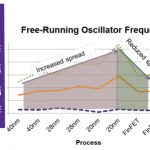


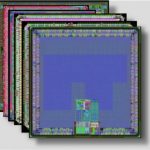
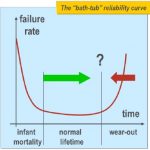
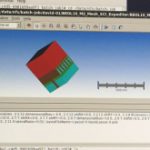
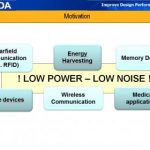
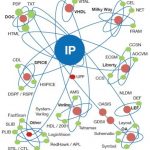
Quantum Computing Technologies and Challenges